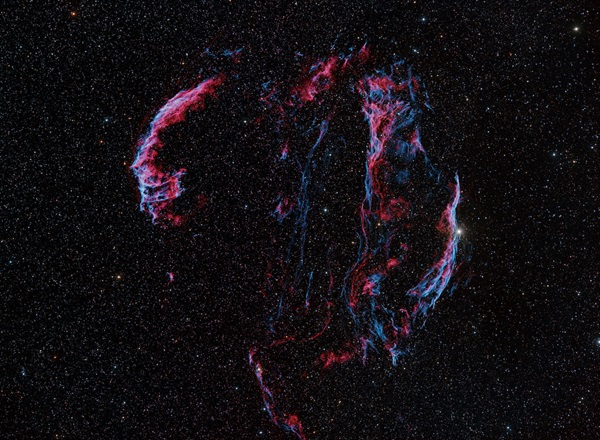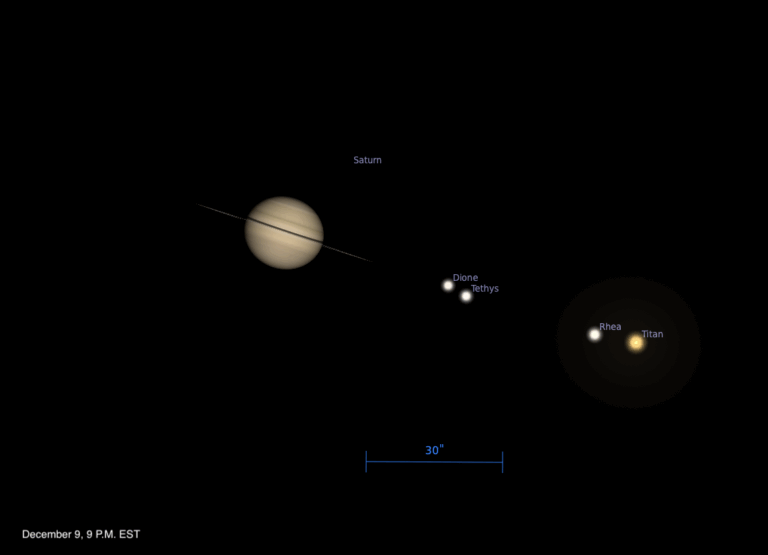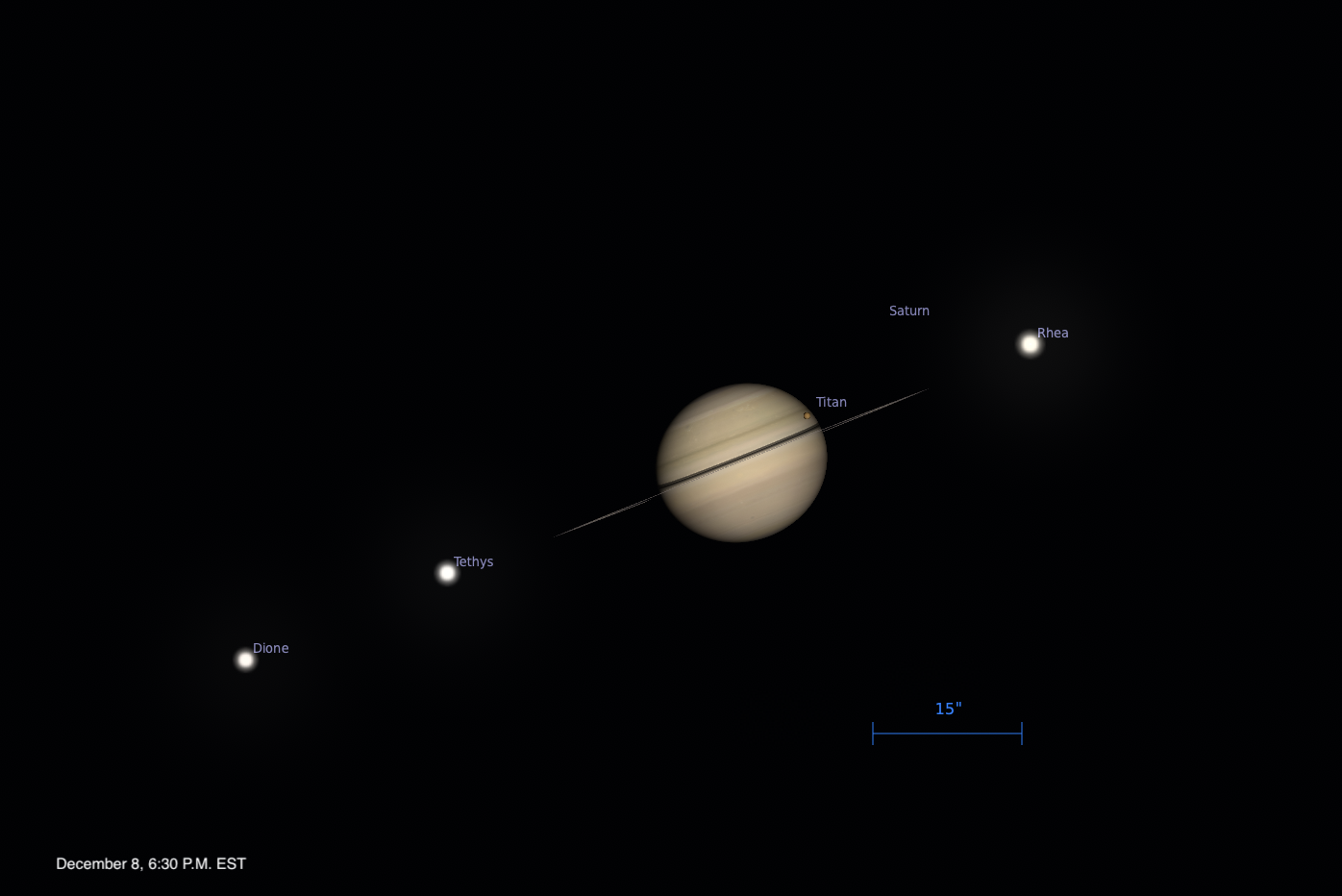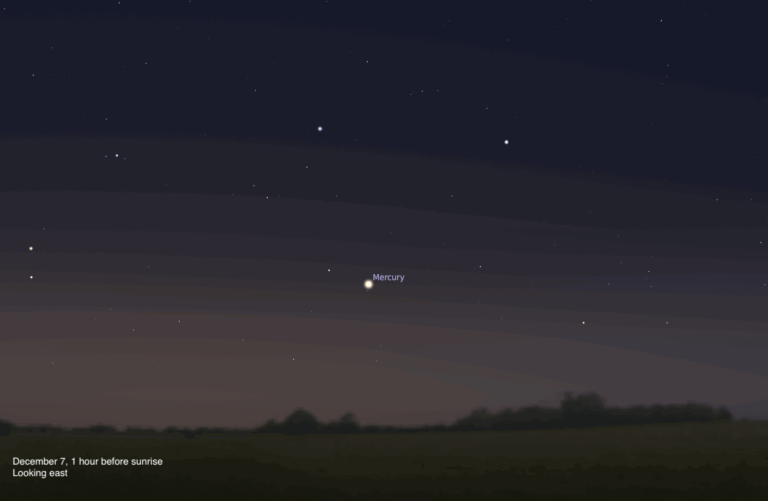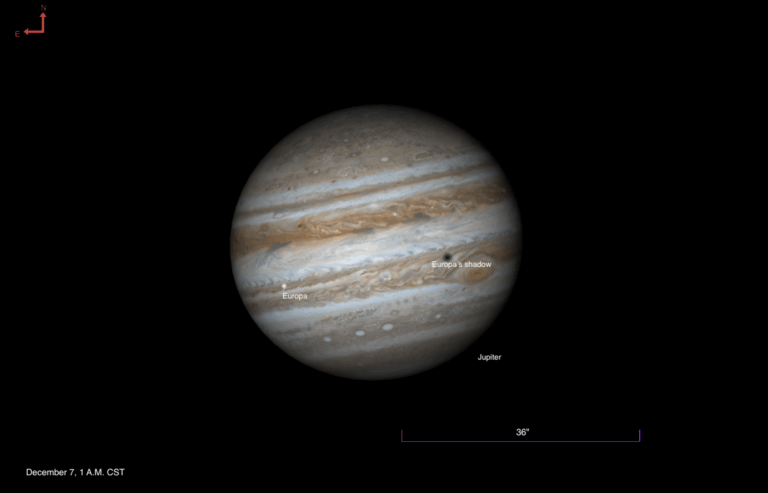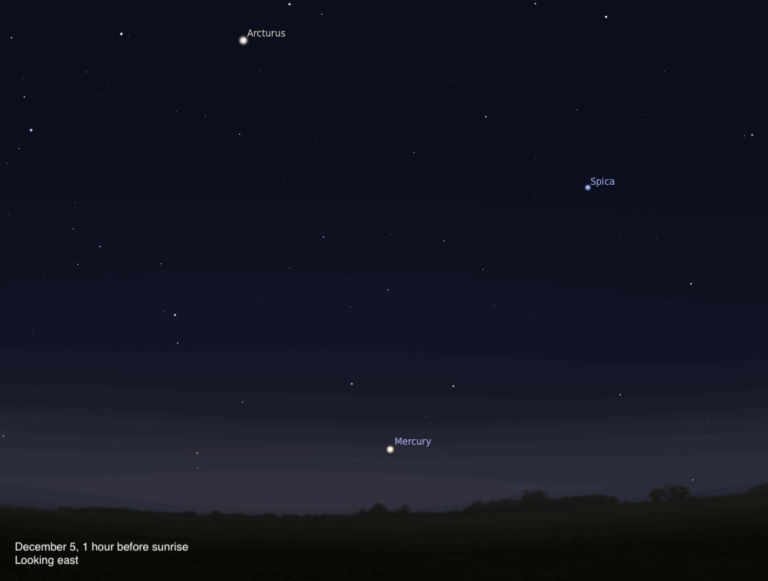Key Takeaways:
- Supernova remnants, like the Veil Nebula, are formed from the ejected gases of massive stars after supernova explosions.
- The Veil Nebula, located approximately 1410-2100 light-years from Earth, is a relatively close and expansive supernova remnant, spanning approximately 3°.
- The Veil Nebula's evolution showcases different stages of supernova remnant development, progressing from compact regions (like Supernova 1987A) to larger, tenuous structures over thousands of years, exemplified by the Crab Nebula and Veil Nebula, respectively.
- The Veil Nebula, also known as the Cirrus Nebula, consists of several cataloged components (NGC 6960, NGC 6992, NGC 6995, IC 1340) and notable features such as Pickering's Triangle, visible with binoculars under dark skies and enhanced with OIII filters.
When a massive star dies in a supernova explosion, its gases are ejected in all directions into space. Eventually, the gas may condense and combine with interstellar hydrogen to create new stars. But long before that happens, we can glimpse snapshots of how such explosions change as they age by studying objects at various phases of evolution.
Supernova 1987A in the Large Magellanic Cloud is in the earliest years of such an explosion. In time, a compact expanding region of stellar debris looks something more like the Crab Nebula (M1). And after a few thousand years of further expansion, the gas becomes tenuous and you get a remnant cloud like the Veil Nebula.
Between 1,410 and 2,100 light-years away (sources disagree), the Veil Nebula and associated Cygnus Loop form one of the closest supernova remnants to the Sun. (Two in Vela and one in Orion are closer.) Its gas has moved outward 65 light-years in every direction since its progenitor — a star about 20 times the Sun’s mass — exploded about 10,000 years ago.
William Herschel, the father of deep-sky observing, discovered the Veil Nebula — or, at least, part of it. He first noted NGC 6960, the segment behind 52 Cygni, now called the Western Veil. Since then, astronomers have named and cataloged the other scattered pieces that make up this single large remnant. The Eastern Veil is NGC 6992 and NGC 6995, with an extension designated IC 1340. In between the main arcs in the nebula are three concentrations of brightly glowing gas: Pickering’s Triangle (discovered by astronomer Edward Charles Pickering’s assistant, Williamina Fleming), NGC 6974, and NGC 6979.
Also called the Cirrus Nebula, the Veil is large (about 3° wide) and bright enough to be seen with binoculars under skies free from light pollution. It looks wonderful in any optics, provided they have either a field wide enough or an aperture large enough to resolve the wispy filaments. An OIII filter really brings out detail and is especially useful when light pollution is an issue.
Make sure to explore Astronomy’s full list of 101 cosmic objects you must see. New entries will be added each week throughout 2022.
To get the latest astronomical news and observing content delivered directly to your door, subscribe to Astronomy magazine today!

